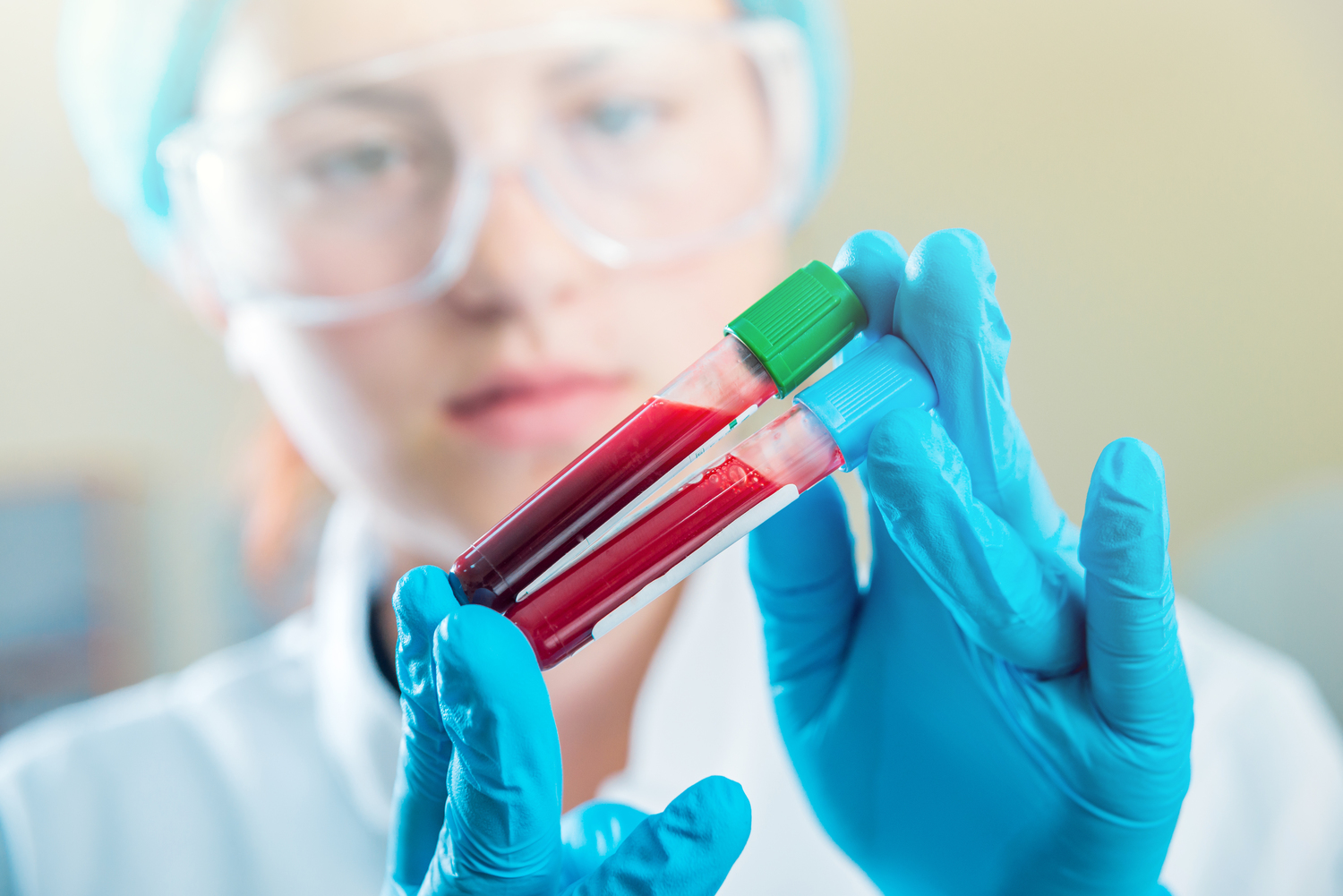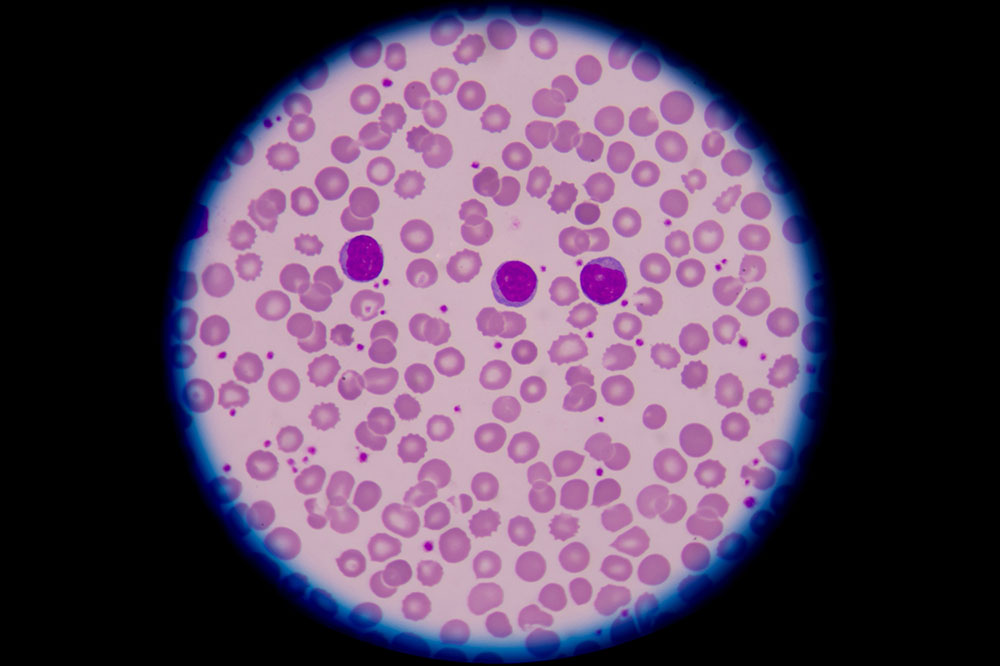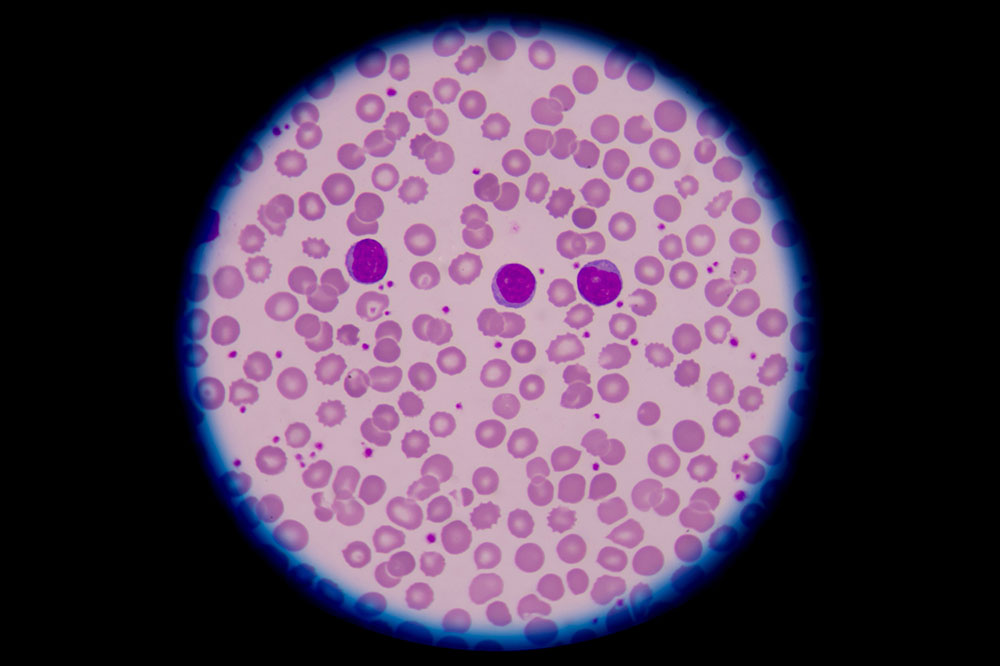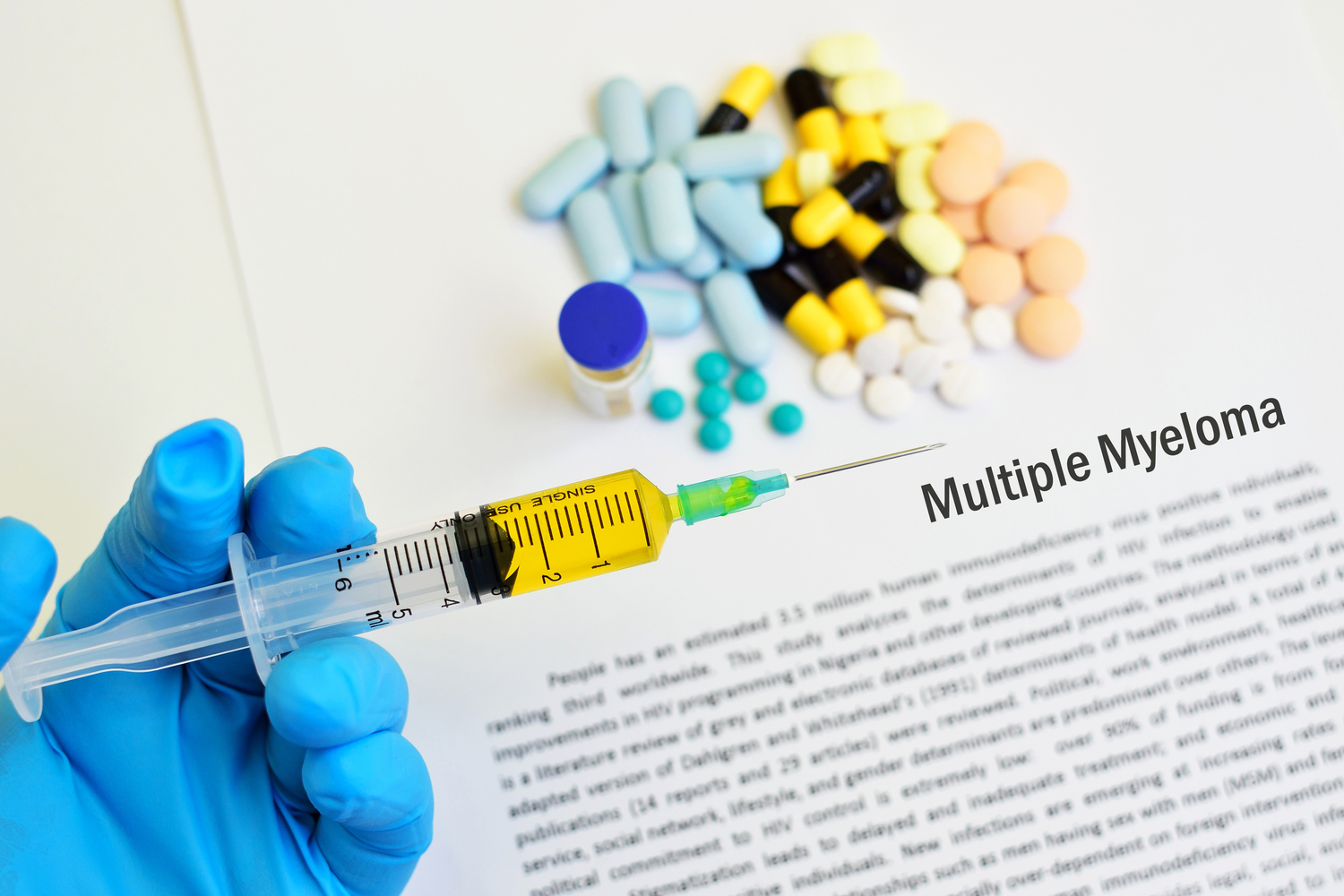Comprehensive Guide to Blood Cancers: Types, Symptoms, and Advances in Treatment
This comprehensive article explores the various types of blood cancers, their symptoms, risk factors, diagnostic methods, and the latest treatment options. It aims to raise awareness about early detection and advances in blood cancer therapy, providing valuable insights for patients and healthcare providers alike.

Comprehensive Guide to Blood Cancers: Types, Symptoms, and Advances in Treatment
Blood cancers represent a complex and diverse group of malignancies that affect the blood, bone marrow, and lymphatic system. These diseases are among the most common forms of cancer worldwide, impacting millions of lives annually. In the United States alone, a new case of blood cancer is diagnosed approximately every three minutes, highlighting the critical need for awareness, early detection, and effective treatment strategies. Blood cancers encompass various subtypes, each with unique characteristics, symptoms, and treatment requirements. Understanding these differences is essential for patients, caregivers, and healthcare professionals to navigate diagnosis and treatment effectively.
What are the main types of blood cancer?
Leukemia: This form of blood cancer originates in the bone marrow, where abnormal white blood cells proliferate rapidly, disrupting normal blood cell production. Leukemia can be classified into several categories, including acute and chronic types, each with distinct clinical courses. The abnormal cells hinder the immune system’s ability to combat infections, leading to symptoms such as fever, fatigue, and increased susceptibility to illnesses.
Lymphoma: Lymphoma primarily affects the lymphatic system, which is an essential part of the immune system responsible for fluid balance and immune responses. Malignant lymphocytes multiply excessively, causing swollen lymph nodes, fatigue, and sometimes weight loss. There are two main types of lymphoma: Hodgkin lymphoma and non-Hodgkin lymphoma, each with its unique features and treatment protocols.
Myeloma: Multiple myeloma is a cancer of plasma cells—the cells in the bone marrow that produce antibodies to fight infections. When these cells turn malignant, they accumulate in the bone marrow, interfere with normal blood cell production, and produce abnormal proteins. This leads to complications such as bone pain, anemia, infections, and kidney issues.
Recognizing the symptoms of blood cancer
Persistent and unexplained fever, drenching night sweats, and unexplained weight loss are often early signs.
Dizziness, fatigue, shortness of breath, and pallor due to anemia are common symptoms.
Swollen lymph nodes, particularly in the neck, armpits, or groin, can be a visible external sign of lymphoma.
Additional symptoms might include frequent nosebleeds, easy bruising, mouth ulcers, red skin spots, and women may notice heavier or irregular menstrual bleeding.
It’s important to note that some blood cancers, especially in their early stages, may not produce obvious symptoms, making early diagnosis challenging.
High-risk groups for developing blood cancer
Individuals with a family history of blood cancers or other malignancies are at a higher risk.
Exposure to certain environmental risks such as chemotherapy agents, radiation, or chemicals like benzene increases vulnerability.
People living with autoimmune diseases, HIV, or AIDS have an elevated risk of developing blood cancers due to compromised immune systems.
Diagnostic procedures for blood cancer
Initial diagnosis often involves detailed blood tests and bone marrow biopsies to identify abnormal cells and evaluate their extent.
Imaging modalities such as X-rays, PET scans, and CT scans are employed to determine the location, spread, and staging of the disease.
Physical examinations focus on checking for swollen lymph nodes and other external signs, aiding in diagnosis and monitoring treatment response.
Current treatment options for blood cancer
Treatment strategies vary depending on the specific type and stage of cancer, and may involve a combination of therapies.
Chemotherapy remains a cornerstone treatment, using drugs administered orally or intravenously to destroy cancerous cells.
Radiotherapy can be applied locally to shrink tumors or eliminate remaining cancer cells after other treatments.
Surgical procedures may include removal of affected tissues or organs, such as the spleen in certain cases.
Stem cell or bone marrow transplants are often considered for aggressive or relapsed cases to restore healthy blood cell production after high-dose chemotherapy.
Emerging therapies like immunotherapy are revolutionizing treatment options by enhancing the immune system's ability to target and destroy cancer cells.
Potential side effects of blood cancer treatments
Chemotherapy and radiotherapy can cause anemia, increasing fatigue and susceptibility to infections.
Common side effects include mouth ulcers, hair loss, nausea, vomiting, and gastrointestinal disturbances.
Side effects vary based on the type and intensity of treatment, with IV therapies often producing more severe adverse reactions compared to oral medications.
Supportive care, including medications to boost blood counts and antibiotics, is essential to manage these side effects and improve quality of life during treatment.
Understanding blood cancer is crucial for early detection and effective management. With advances in medical research and emerging therapies, many patients now have access to personalized treatment plans that improve survival rates. Regular check-ups, awareness of risk factors, and prompt medical consultation when symptoms appear are vital to combating these complex diseases effectively. The ongoing development of targeted treatments offers hope for better outcomes and quality of life for those affected by blood cancers.





